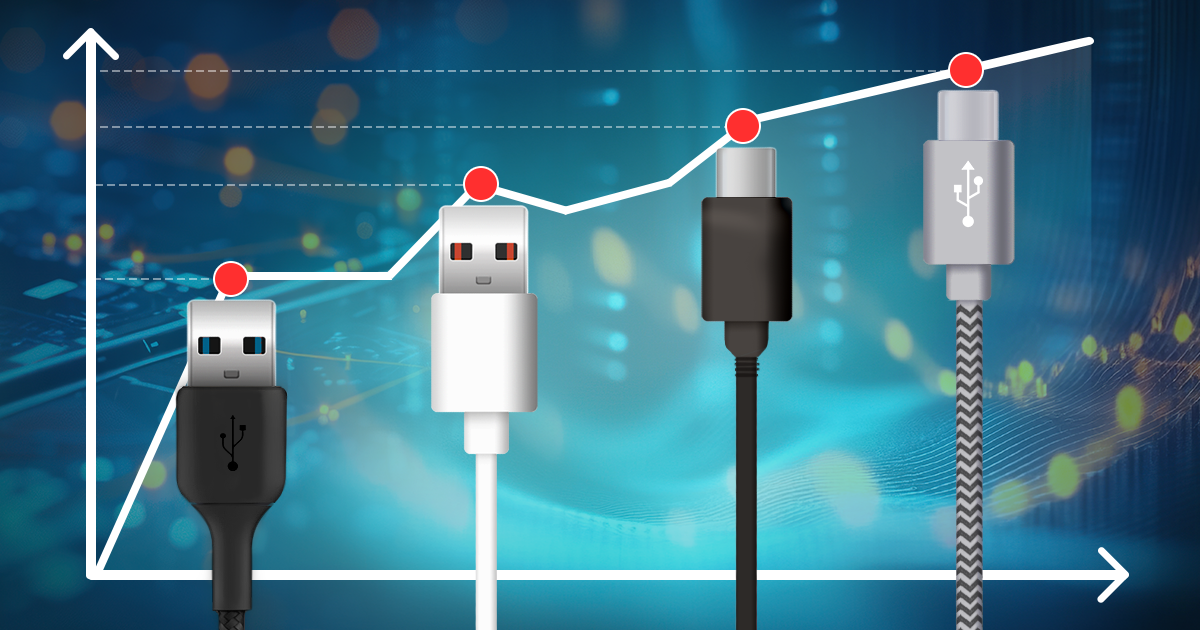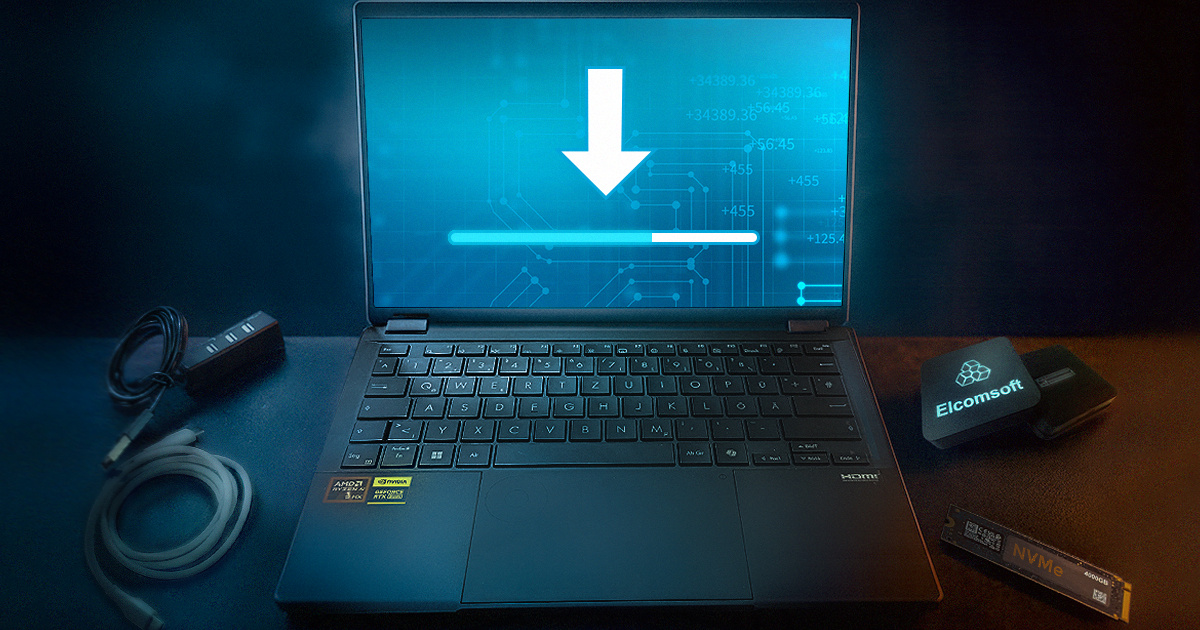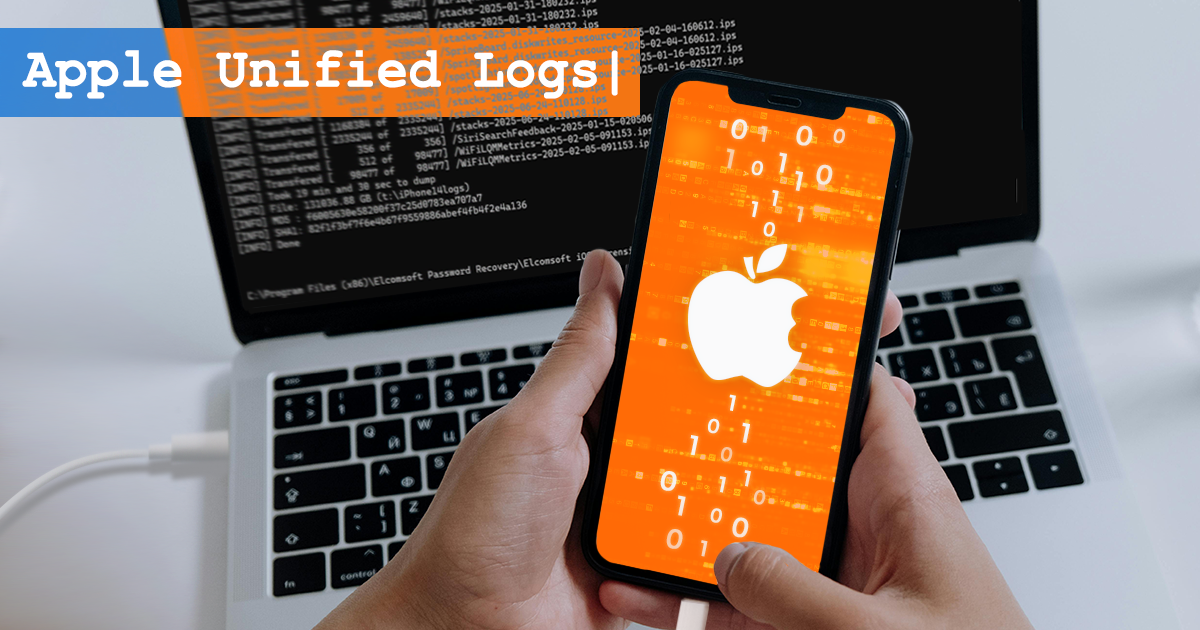If you watch industry news, you are probably aware of the new Phoenix jailbreak… or not. During the last several years, getting news about iOS jailbreaks from reliable sources became increasingly difficult. The sheer number of fake Web sites mimicking the look of well-known resources such as Pangu and TaiG made us extra careful when trying newly published exploits.
…dead? Not really, not completely, and not for every device. We’ve just updated iOS Forensic Toolkit to add physical support for some previously unsupported combinations of hardware (32-bit devices) and software (iOS 9.1 through 9.3.4). The intent was helping our law enforcement and forensic customers clear some of the backlog, finally taking care of evidence kept on dusty shelves in the back room. In order to do the extraction, you’ll need to install the “Home Depot” jailbreak from http://wall.supplies and, obviously, Elcomsoft iOS Forensic Toolkit 2.30.
As we already know, Apple syncs many types of data across devices that share the same Apple ID. Calls logs, contacts, Safari tabs and browsing history, favorites and notes can be synced. The syncing mechanism supposedly synchronizes newly created, edited and deleted items. These synchronizations work near instantly with little or no delay.
Your browsing history represents your habits. You are what you read, and your browsing history reflects that. Your Google searches, visits to news sites, activities in blogs and forums, shopping, banking, communications in social networks and other Web-based activities can picture your daily activities. It could be that the browsing history is the most intimate part of what they call “online privacy”. You wouldn’t want your browsing history become public, would you?
In this article we’ll discuss the differences between implementations of two-factor authentication in popular mobile platforms. We’ll research how two-factor authentication is implemented in Android, iOS and Windows 10 Mobile, and discuss usability and security implications of each implementation.
The previous article was about the theory. In this part we’ll go directly to practice. If you possess a turned on and locked iOS device and have no means of unlocking it with either Touch ID or passcode, you may still be able to obtain a backup via the process called logical acquisition. While logical acquisition may return somewhat less information compared to the more advanced physical acquisition, it must be noted that physical acquisition may not be available at all on a given device.
In recent versions of iOS, successful acquisition of a locked device is no longer a given. Multiple protection layers and Apple’s new policy on handling government requests make forensic experts look elsewhere when investigating Apple smartphones.
Today we are super excited: our first book on mobile forensics just got published! The book is called “Mobile Forensics – Advanced Investigative Strategies”, and is about everything you need to successfully acquire evidence from the widest range of mobile devices. Unlike most other books on this subject, we don’t just throw file names or hex dumps at your face. Instead, we discuss the issues of seizing mobile devices and preserving digital evidence before it reaches the lab; talk about acquisition options available in every case, and help you choose the correct acquisition path to extract evidence with least time and minimal risk.
Releasing a major update of a complex forensic tool is always tough. New data locations and formats, new protocols and APIs require an extensive amount of research. Sometimes, we discover things that surprise us. Researching Apple’s iCloud Photo Library (to be integrated into Elcomsoft Phone Breaker 6.0) led to a particularly big surprise. We discovered that Apple keeps holding on to the photos you stored in iCloud Photo Library and then deleted, keeping “deleted” images for much longer than the advertised 30 days without telling anyone. Elcomsoft Phone Breaker 6.0 becomes the first tool on the market to gain access to deleted images going back past 30 days.
For many months, a working jailbreak was not available for current versions of iOS. In the end of July, Pangu released public jailbreak for iOS 9.2-9.3.3. A few days ago, Apple patched the exploit and started seeding iOS 9.3.4. This was the shortest-living jailbreak in history.


